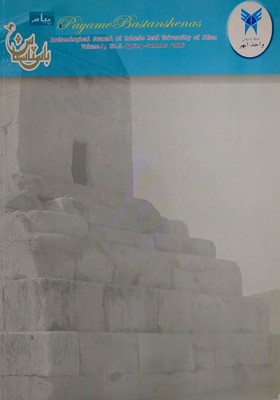-
-
List of Articles
-
Open Access Article
1 - Report on the Discovery of Possible Lower Paleolithic Evidence on the Terraces of the Simineroud River
Rahmat Naderi -
Open Access Article
2 - The Role of Sieving in the Prehistoric Pottery Industry of Iran
Farhang Khademi Nadoushan Alireza Hejebri Nobari Tahereh Azizipour Mohammad Saffari -
Open Access Article
3 - Tel Bakian, a Suitable Option for Studying the Transition Phase from the Early to the Late Fars
Mohammad Karami -
Open Access Article
4 - The Emergence of Iron
Khodakaram Mazaheri -
Open Access Article
5 - Urartu Irrigation System
Hossein Alizadeh Alireza Hejebri Nobari -
Open Access Article
6 - Pasargad, the First Center of the Achaemenid Empire
Bahman Firouzmandi
-
The rights to this website are owned by the Raimag Press Management System.
Copyright © 2021-2025







